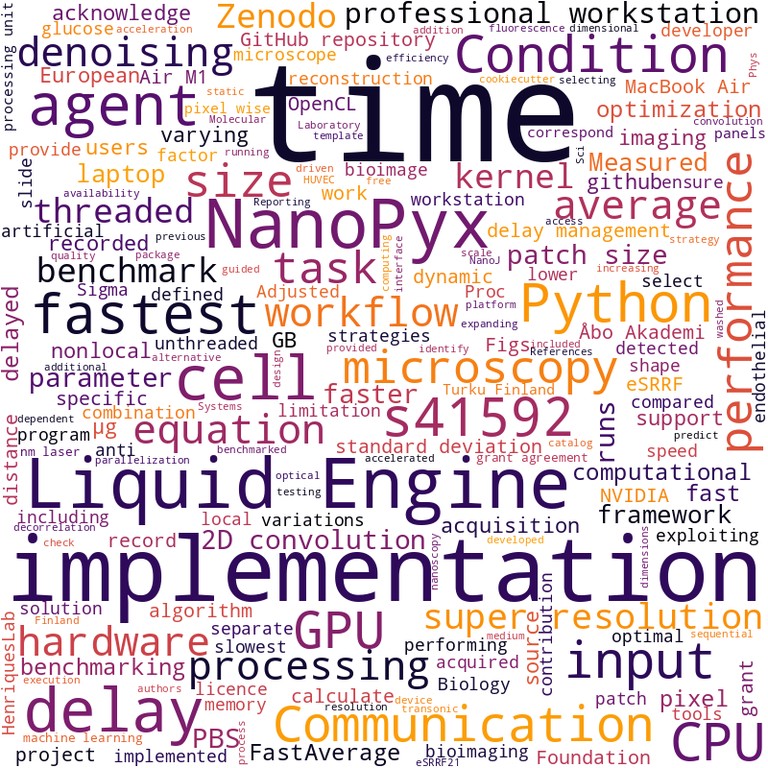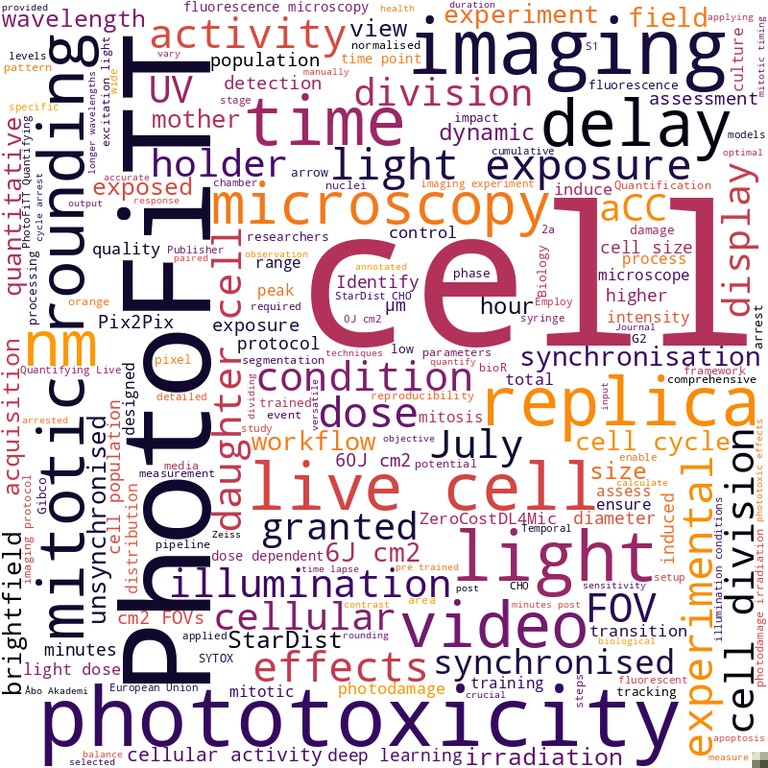Investigating the mechanisms underpinning the interaction between autonomous immunity and intracellular S. aureus cell division and persistence

Type: R&D Projects
Principal Investigator: Pedro Matos Pereira
Investigators: Pedro Matos Pereira, João Paulo Santos Fadista, Mário José Ferreira, Moritz Sorg, Patricia Reed, Pedro Fernandes, Ricardo Henriques
Start-date: March 2021
End-date: February 2024
Grant Code: PTDC/BIA-MIC/2422/2020
In Europe, the burden caused by antibiotic resistant bacterial infections is equivalent to influenza, HIV/Aids and Tuberculosis combined. Infections caused by Staphylococcus aureus (S. aureus) strains are the second most relevant in this context. A chief factor suggested to contribute for the high incidence and prevalence of S. aureus infections is its capacity to persist and divide inside host cells, escaping antibiotics and extracellular immune recognition. Formerly regarded as an exclusively extracellular pathogen, we currently have abundant evidence that S. aureus is in fact a facultative intracellular pathogen. S. aureus can infect immune and non-immune cells, where it can survive and divide, while evading autonomous immunity (intracellular recognition of pathogens). This is thought to be a major factor in continuance of carriage, chronicity of infection and dissemination within the host. Further, besides a wide range of genetically encoded antibiotic resistances, S. aureus (and other bacterial pathogens) can evade antibiotics and immune recognition by entering non-growing, dormant states, as most antibiotics and immune receptors target biosynthetic processes minimized in these so called persisters. Persisters can occur by a transient phenotypic switch or by semi-stable resistant phenotypic variants (e.g. Small Colony Variants, SCVs). Importantly, these slow growing variants can more efficiently persist inside host cells than their Normal Colony Variants (NCVs) counterparts. The mechanisms of bacterial detection and clearing by host cell autonomous immunity are intimately related with bacterial cell division. Dividing bacteria introduce damage to host cell internal components and, importantly, display an increased amount of bacterial molecular patterns important for host cell self/non-self discrimination. In this context, components of the bacterial cell surface are key, as most are not present in host cells (e.g. peptidoglycan, a specific molecular signature recognized by dedicated host receptors, in animals and plants). Host cell autonomous immunity can be mediated by different mechanisms. Well-known factors are pathogen-associated molecular patterns (PAMPs, e.g. Toll-like receptors -TLRs, nucleotide-binding and oligomerization domain -NOD), but it can also be mediated through the host cell cytoskeleton (e.g. septins, SEPT). Despite its importance, facultative intracellular pathogens, such as S. aureus, cell division inside host cells, the role of the bacterial cell surface synthesis/remodelling in autonomous immune recognition, how these relate to persistence and the effect of antibiotics in this context are still poorly understood. Conversely, the role of autonomous immune recognition in treatment outcomes of infected patients is completely unexplored. We will explore these questions using a combination of microbiology, cell biology, genomics and state-of-the-art imaging. This work will have broad implications on our understanding of bacterial infection/persistence and on how autonomous immune recognition influences the success of treatment outcomes. The knowledge gained and the interdisciplinary approaches developed here will be applicable to other bacterial pathogens and in the development of new chemotherapy options to tackle the challenges of bacterial infections.
Supported publications

|
Efficiently accelerated bioimage analysis with NanoPyx, a Liquid Engine-powered Python framework Bruno M. Saraiva, Inês Cunha, António D. Brito, Gautier Follain, Raquel Portela, Robert Haase, Pedro M. Pereira, Guillaume Jacquemet, Ricardo Henriques Paper published in Nature Methods, January 2025 Technologies: Fast4DReg (), NanoJ (), NanoJ-eSRRF (), NanoJ-SQUIRREL () and NanoPyx () Funded by: CZI, EMBO, ERC, FCT, H2021 and H2022 DOI: 10.1038/s41592-024-02562-6 |
|

|
PhotoFiTT - A Quantitative Framework for Assessing Phototoxicity in Live-Cell Microscopy Experiments Mario Del Rosario, Estibaliz Gómez-de-Mariscal, Leonor Morgado, Raquel Portela, Guillaume Jacquemet, Pedro M. Pereira, Ricardo Henriques Preprint published in bioRxiv, July 2024 Technologies: DL4MicEverywhere (), PhotoFiTT () and ZeroCostDL4Mic () Funded by: CZI, EMBO, ERC, FCT, H2021 and H2022 DOI: 10.1101/2024.07.16.603046 |
|

|
DeepBacs for multi-task bacterial image analysis using open-source deep learning approaches Christoph Spahn, Estibaliz Gómez-de-Mariscal, Romain F. Laine, Pedro M. Pereira, Lucas von Chamier, Mia Conduit, Mariana G. Pinho, Guillaume Jacquemet, Séamus Holden, Mike Heilemann, Ricardo Henriques Paper published in Communications Biology, July 2022 Technologies: BioImage Model Zoo (), CARE (), DeepBacs (), NanoJ (), NanoJ-SQUIRREL () and ZeroCostDL4Mic () Funded by: CZI, ERC, FCT and Wellcome Trust DOI: 10.1038/s42003-022-03634-z |
|
News
- 2025-02-28: News outlet EUTOPIA highlights Saraiva et al. Nature Methods 2025 [external link]
- 2025-01-25: News outlet Tempo.pt highlights Saraiva et al. Nature Methods 2025 [external link]
- 2025-01-09: News outlet Nouvelles du monde highlights Saraiva et al. Nature Methods 2025 [external link]
- 2025-01-06: News outlet RTP highlights Saraiva et al. Nature Methods 2025 [external link]